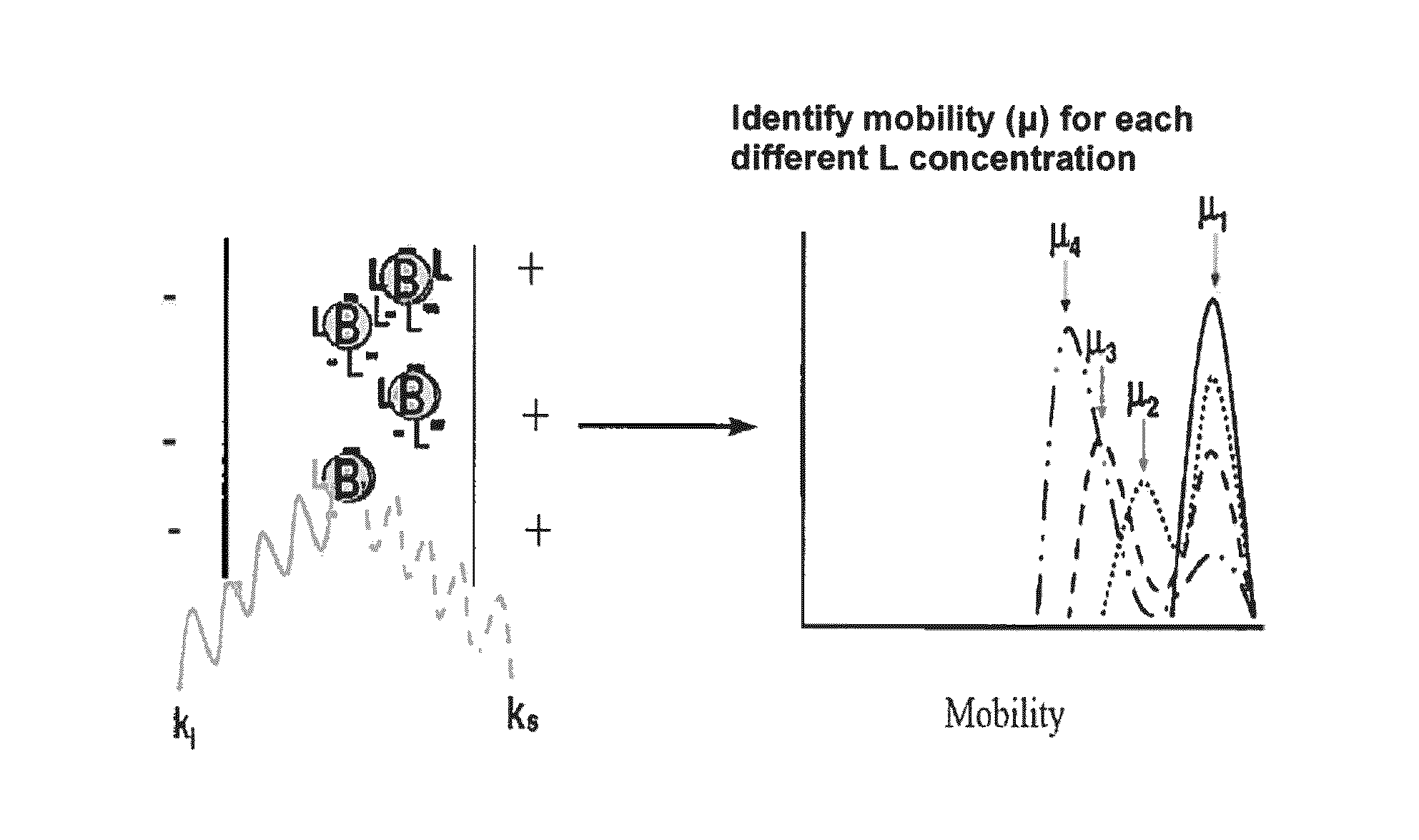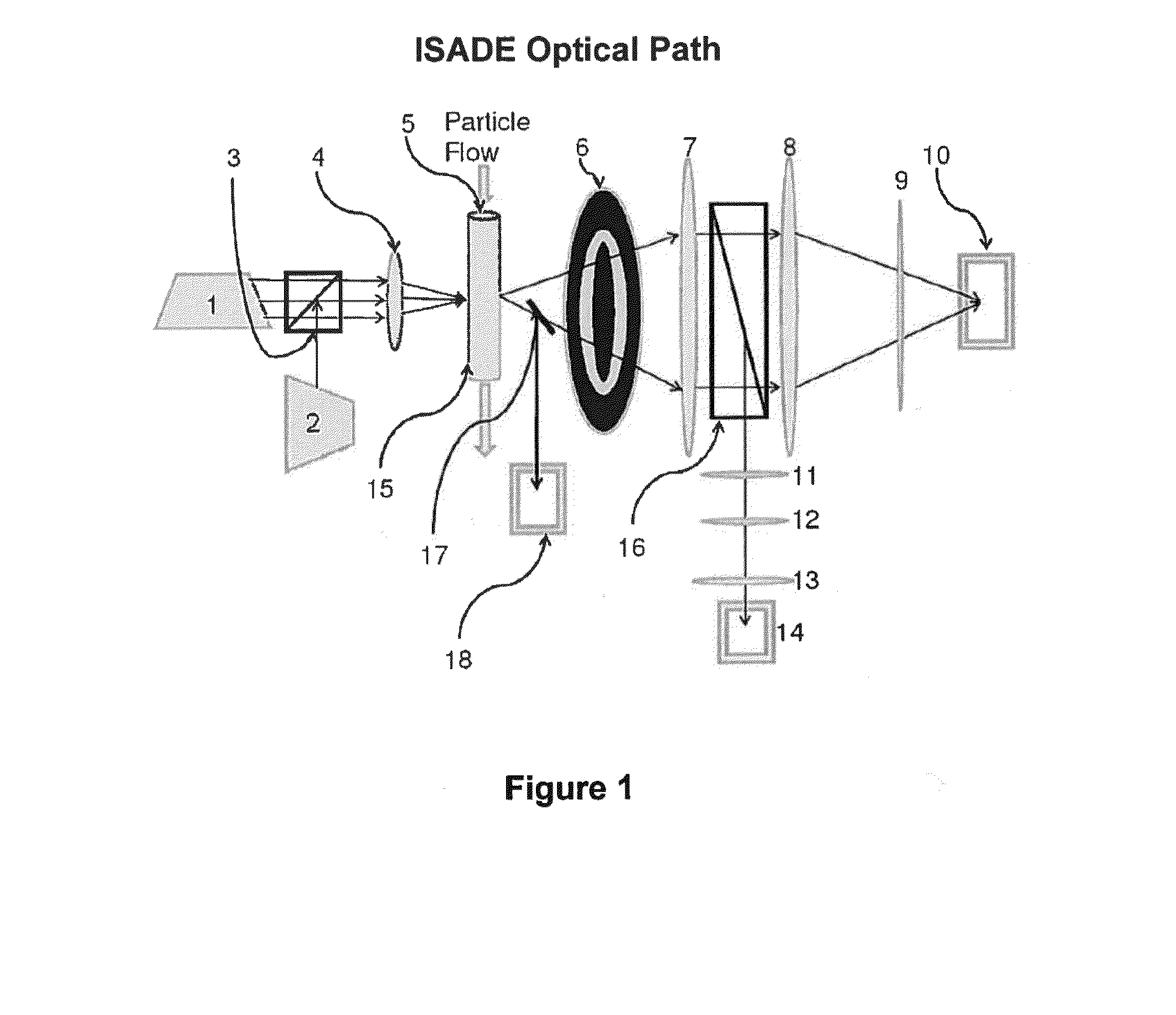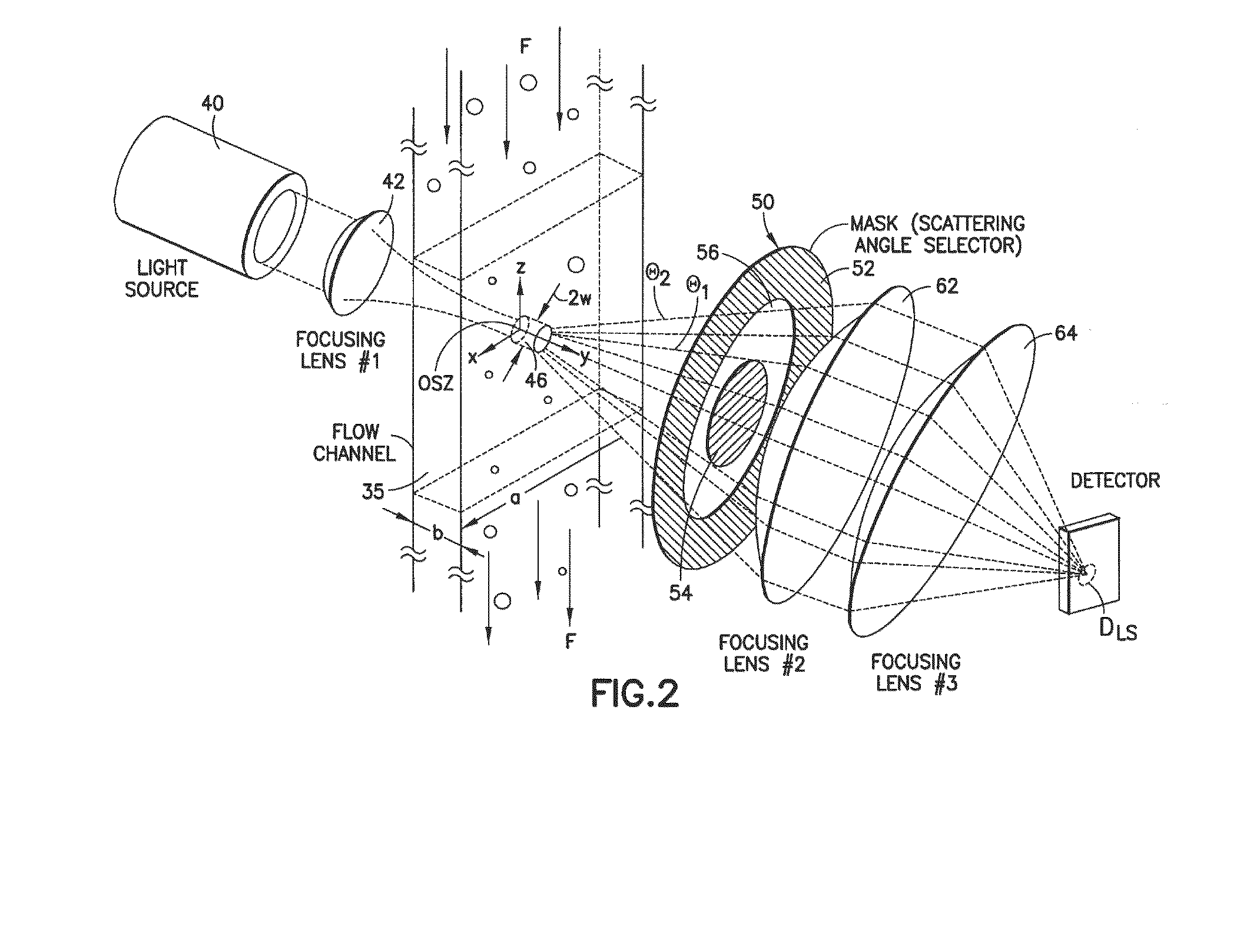Methods for determining patient response to Anti-platelet aggregation therapy
a technology of anti-platelet aggregation and patient response, which is applied in the direction of extracellular fluid disorder, instruments, drug compositions, etc., can solve the problems of inability to activate inability to benefit from plavix® in about 30% of the population, and failure to achieve the effect of activating the drug in the liver, so as to achieve the effect of small particle size and quick and easy determination
- Summary
- Abstract
- Description
- Claims
- Application Information
AI Technical Summary
Benefits of technology
Problems solved by technology
Method used
Image
Examples
example 1
Using EQELS to Measure the Electrophoretic Mobility of Activated Platelets
[0288]Platelet activation and aggregation underlies the basic “acute event” in arterial thrombosis, including strokes, peripheral artery disease and coronary artery disease (heart attacks). Current drug therapy involves using irreversible P2Y12 antagonists to bind to P2Y12 receptors on the surface of the platelets, so that the platelets to not bind to P2Y12 agonists such as adenosine diphosphate (ADP). Platelets not bound to one of these antagonists, whether reversibly or irreversibly, will bind to ADP.
[0289]The drug clopidogrel (Plavix®) is a P2Y12 antagonist that binds to the P2Y12 receptor on the platelet surface, and is marketed as an anti-thrombotic agent. Plavix itself is a prodrug, which is metabolized in the liver to form an active agent. When the active agent is bound to P2Y12, ADP cannot bind, and platelet activation is inhibited.
[0290]In responding patients, this drug is life-saving. Unfortunately, ...
PUM
| Property | Measurement | Unit |
|---|---|---|
| Length | aaaaa | aaaaa |
| Size | aaaaa | aaaaa |
| Surface charge | aaaaa | aaaaa |
Abstract
Description
Claims
Application Information
 Login to View More
Login to View More - R&D
- Intellectual Property
- Life Sciences
- Materials
- Tech Scout
- Unparalleled Data Quality
- Higher Quality Content
- 60% Fewer Hallucinations
Browse by: Latest US Patents, China's latest patents, Technical Efficacy Thesaurus, Application Domain, Technology Topic, Popular Technical Reports.
© 2025 PatSnap. All rights reserved.Legal|Privacy policy|Modern Slavery Act Transparency Statement|Sitemap|About US| Contact US: help@patsnap.com



